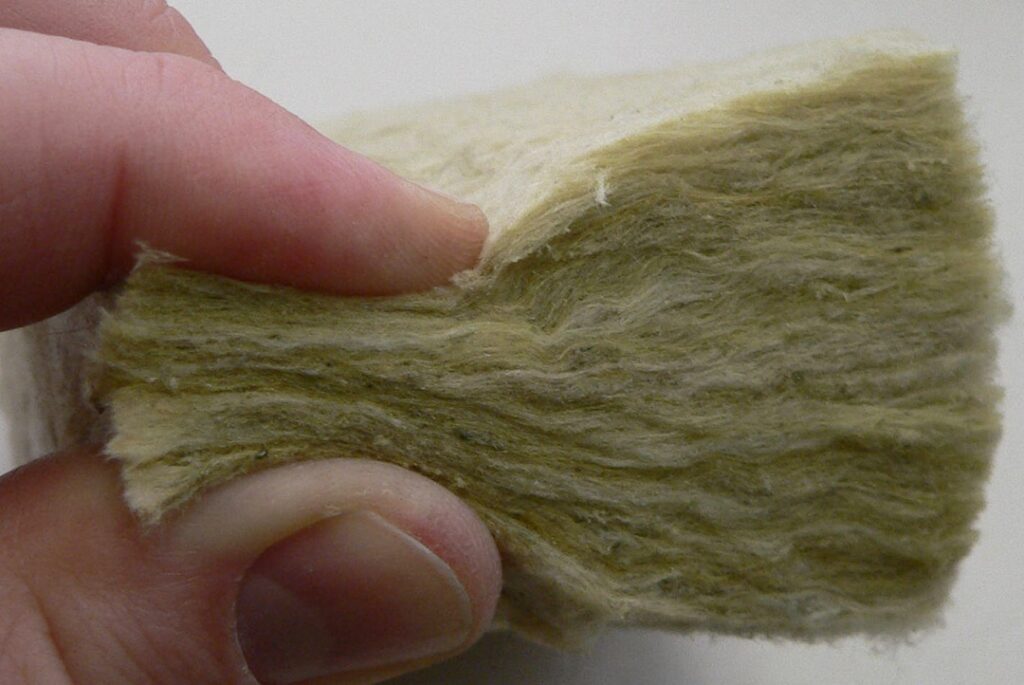Table of Contents
Can you have too much insulation in your loft? This is a question every homeowner is asking these days. But before you install the insulation, make sure there is enough ventilation. Usually, new houses already have good insulation. But even then you need to check the EPC rating to be sure.
First, even with the best loft insulation, you must balance insulation with ventilation. This balance prevents dampness. So if you get this balance right, you should be okay. Next, remember that you will need more space to install less insulation. You will need more wall, floor, or loft space.
Currently, the government recommends loft insulation to be 270mm thick. Some new houses have 300mm thick insulation. So if your loft has good ventilation, this is also fine. You might lose some storage space, but you will save money!
How long does loft insulation last?
Undeniably, good-quality loft insulation lasts about 40 years. Over time, it saves you money on energy bills. Because it is cheap and easy to install, start with loft insulation to make your home more energy-efficient. Adding a bit more than recommended can make it even better.
In winter, insulation keeps warm air from escaping your house. So again you’ll think that can you have too much insulation in your loft? Actually, this warm air comes from heating, cooking, and people. So the better the insulation, the more heat stays inside. Also, in summer, insulation works differently. It keeps warm air from coming in, so your home stays cool.
What material is used to make loft insulation?
Loft insulation is made from various materials like fiberglass, mineral wool, sheep’s wool, and recycled materials. Each material has its own uses. Some are thinner and good for floors.
If you want to use your loft for storage, you can raise the floor level. You can put insulation between the floor joists and cover with insulating floorboards. But make sure there’s an air gap between the insulation and floorboards. As a result, this will let moisture escape, and insulation will work better.
Why do I need loft insulation?
Before you can have too much insulation in your loft, make sure warm air rises in your home. Without loft insulation, this heat escapes into the loft and out through the roof. It is true many homes in the UK don’t have enough insulation. They lose about a quarter of the heat they make.
So loft insulation is a simple and cheap way to save energy. Moreover, it pays for itself by reducing heat loss. Now, you can save up to £370 a year on energy bills in a typical detached house. But remember you can have too much insulation in your loft as it will keep hot air out of your living spaces. Consequently, this makes your home cooler and more comfortable in hot weather.
How much loft insulation do I need?
This is again part of the ongoing debate that can you have too much insulation in your loft? Well, over the years, the minimum loft insulation thickness has increased to 270mm. This rule started in 2003, and if your loft isn’t insulated, aim for this thickness. But if your house is older and already has insulation, you might need to add more. For example, going from 120mm to 270mm could save you £25 more on heating each year. Moreover, increasing from 50mm to 270mm could save an extra £50 a year. So check your current insulation thickness to see how much more you need. As a result, this will prevent buying too much or needing more later.
But if your insulation doesn’t cover the floor joists, add more. You can use different insulation types. Some new, thinner ones work as well as old, thick ones. When deciding how much insulation you need, consider your loft’s size and the quality of the insulation.
How to calculate thickness of loft insulation?

Figuring out can you have too much insulation in your loft is easier than you think! Here’s a quick guide to help you estimate the number of rolls based on your loft size. First, measure the length and width of your loft in meters and multiply them to get the floor space in square meters. Most loft insulation comes in blanket rolls, with mineral wool or natural wool being popular choices.
Now, refer to the table below to see the approximate number of rolls you’ll need for different loft sizes.
Loft Insulation Needs (square meters) | Number of Blanket Rolls (approx.) |
50 | 8 |
60 | 10 |
70 | 11 |
80 | 13 |
90 | 14 |
100 | 16 |
110 | 17 |
120 | 19 |
Remember, these are estimates and the actual number of rolls might vary depending on the specific brand and size of your chosen insulation.
What are the signs of changing loft insulation?
Loft insulation usually lasts 40 to 50 years, depending on the type. So you can have too much insulation in your loft without worrying if the existing one is in good shape. But sometimes you need to replace it entirely. Old insulation might need replacing because it degrades over time and loses efficiency. Cheaper insulation doesn’t last as long as better-quality ones.
Signs you might need new insulation include:
- Compression from floorboards.
- Drafts or condensation.
- Dampness from leaks or poor ventilation.
- Damage from pests.
- Dust and pollutants.
- Higher heating bills compared to before.
What is the cost of loft insulation?
Well, the cost of loft insulation depends on factors like loft size and insulation type. Blanket insulation is the cheapest option, at around £5 per square meter. Here’s a breakdown of estimated material costs (excluding installation):
House Type | Blanket Insulation Cost (Excluding Installation) |
Terraced House | £125 – £160 |
Semi-Detached House | £200 – £250 |
Detached House | £300 – £375 |
However, professional installation ensures maximum heat retention. Labor costs range from £150 to £400 a day. Fortunately, installing blanket insulation usually takes just a few hours. Additionally, until March 2027, there’s no VAT on professional insulation. After that, it’s expected to be 5%. Other options like loose fill, rigid boards, blown fiber, and spray foam are pricier but also have 0% VAT. Now, you can find more about different insulation materials, including eco-friendly options, here.
Are there any grants for loft insulation?
Looking to insulate your loft for free or at a discount? Two government schemes can help you in this regard. The first one is ECO4 scheme. This targets low-income households. Qualifying can get you free loft insulation. The second one is the Great British Insulation Scheme. This scheme focuses on properties with lower EPC ratings (less energy efficient). Here, income may not be a factor, but you might need to contribute some depending on the cost.
Remember both schemes run until March 2026. So check with your energy supplier or use government resources to see if you qualify.
Bottom Line
Can you have too much insulation in your loft depends on several factors. In conclusion, loft insulation is a fantastic way to save energy and keep your home warm. Moreover, it saves on heating costs. Also, there are government grants available for this sort of insulation. So it’s important to strike a balance between insulation and ventilation. But if you’re unsure about how much insulation your loft needs, consult a professional. They can help ensure you achieve optimal energy efficiency. All without creating moisture problems.






